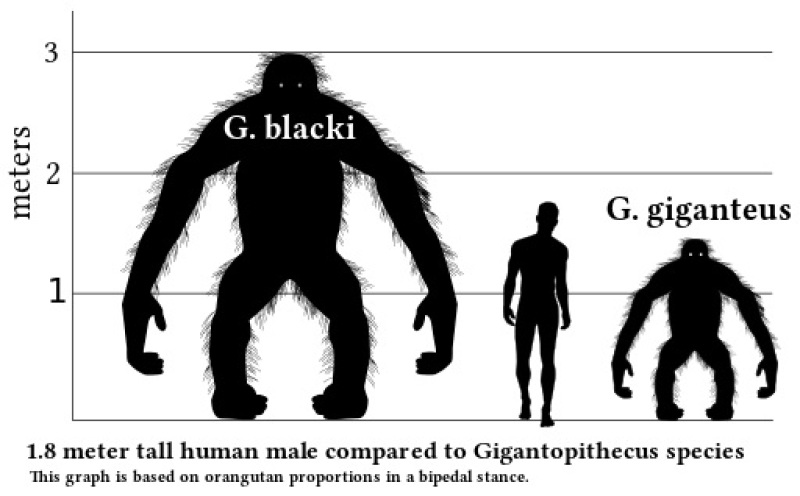
The Gigantopithecus blacki, which is currently being dubbed as the real-life King Kong, is a massive ape that roamed the Earth more than 100,000 years ago.
Although little is still known about this creature, researchers have already identified the possible cause that led to its extinction.
For now, the only samples from this primate that researchers can analyse properly is its jaw bone and teeth. And, based on these samples, they estimated that the animal stood at around nine feet tall and weighed three times more than an average adult human male.
According to The Guardian, the Gigantopithecus blacki lived in the forests of a region that is now known as China and mainland south-east Asia. And, based on its jaw and teeth fossils, the researchers learned that the animal was a vegetarian. Previously, they thought this ape exclusively dined on bamboo like pandas.
"In order to be able to comprehend the evolutionary history of primates, it is important to take a look at their diet," Dr. Herve Bocherens of University of Tubingen's Senckenberg Center for Human Evolution and Palaeoenvironment said in a press release.
According to the researchers, knowing this behaviour can provide vital clues on determining how the animal became extinct. And, by studying the environmental conditions during the era when it was still alive, the researchers were able to identify the main factor that led to the disappearance of the animal.
The researchers said that due to the effects of climate change that occurred hundreds of thousands of years ago, a lot of forest areas dried out and were converted into desert-like landscapes, Christian Science Monitor reported.
As the greenery in the surroundings disappeared, so did the main food source of the humongous ape. And, given its size, this creature needed to eat huge quantities of vegetation in order to survive. But, due to the environmental event that directly affected its food supply, the Gigantopithecus blacki eventually became extinct.
"Relatives of the giant ape, such as the orang-utan, have been able to survive despite their specialization on a certain habitat," Dr. Bocherens explained. "However, orang-utans have a slow metabolism and are able to survive on limited food."
"Due to its size, Gigantopithecus presumably depended on a large amount of food," he added. When during the Pleistocene era more and more forested areas turned into savannah landscapes, there was simply an insufficient food supply for the giant ape."



















